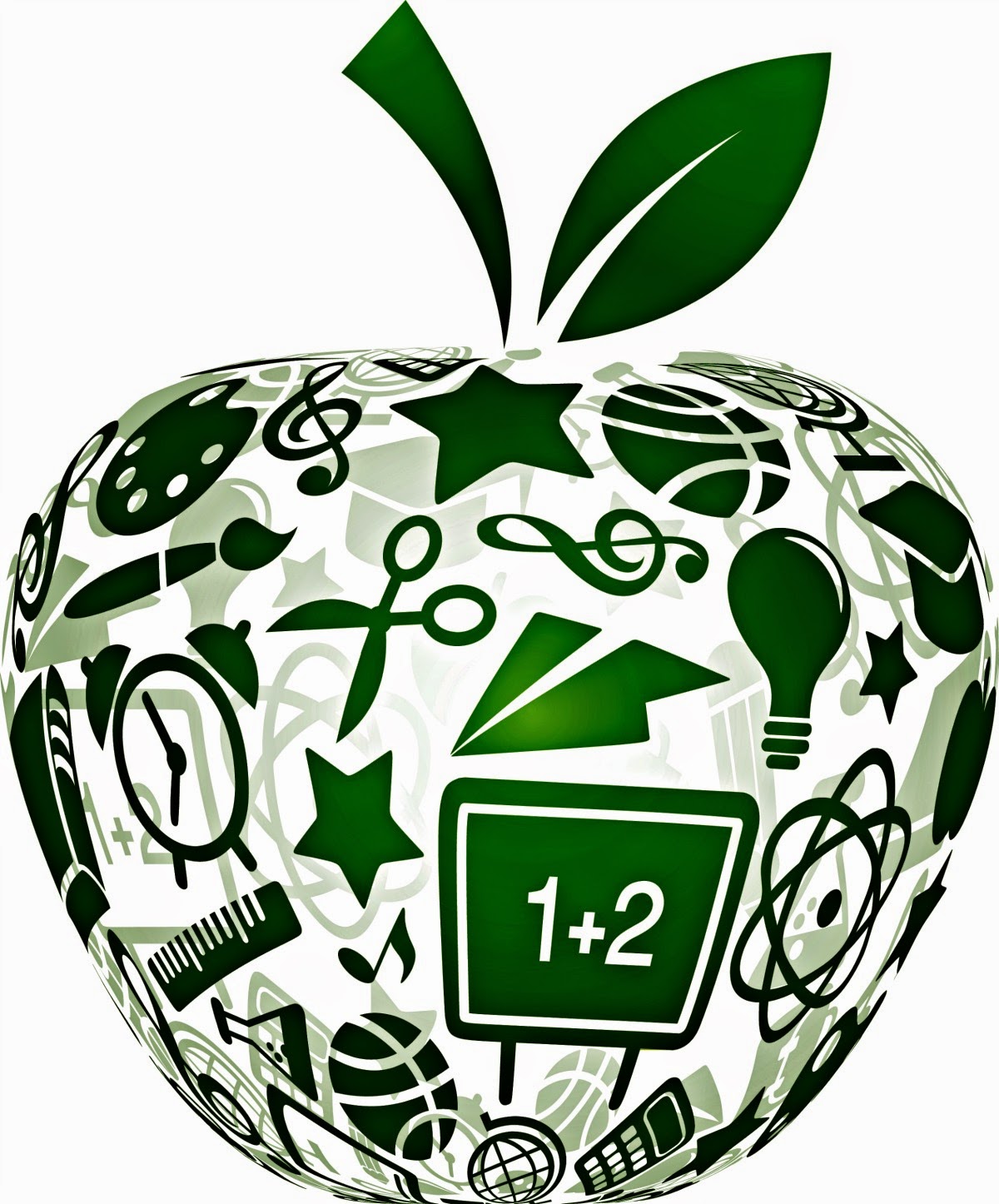How to write an introductory paragraph
 |
| This image belongs to Melissa Reese Etheridge |
The introductory paragraph is the most powerful paragraph in your essay. Introductory paragraphs hook your reader. They introduce your topic. They contain your thesis. They state clearly and logically what the reader will learn from reading your essay. Introductory paragraphs are powerful beginnings to a great essay.
An introductory paragraph first gets your reader's attention. This is known as the "hook" because like hooking that large-mouth bass, the hook grabs your reader's attention. It gives your reader pause and makes him think. Hopefully, it makes your reader pause and think long enough that he will read the rest of your article.
So, what are some ways to hook your reader? One of the most used methods is what I just did: ask a question. Asking a good thought-provoking question gets your reader thinking about his answer. The reader will continue to read to see your answer or to validate or repudiate his own. These questions must be open-ended. They cannot be yes or no questions. They must require the reader to think. Many times, these questions are rhetorical. Rhetorical questions require no answer. Their only purpose is to create a thinking person.
Another way to hook your reader is to give him some startling fact that will cause him to stand back and regard the notion as believable or unbelievable. If you are writing about an endangered animals, hook your reader with facts about their dwindling numbers. If you are writing about illiteracy, include statistics about the numbers of illiterate adults in the world. Statistics or startling facts are excellent ways to hook your reader.
Anecdotes are short little stories that are related to your topic. For example, if you are writing about how to write an introductory paragraph, tell a little story about your own experiences writing one. You might also begin with a story about teaching students how to write introductions to illustrate your thesis. Readers appreciate the personal touch that including an anecdote can add.
If your essay lends itself to it, then begin with a quotation that illustrates or connects to your topics. Quotations provide meaningful connections and worldly applications to your thesis. A great way to find appropriate quotations is to do a search engine search by typing "quotations about _____." Make sure that you punctuate your quotations correctly, and you give credit to the author.
Another way to begin your essay is to define a term or terms or phrases that will be the subject of your thesis. You will especially want to do this if you suspect that many readers are unfamiliar with your topic or words that you will be using. If you are writing an article about charter schools, then you might want to begin by explaining that charter schools are schools that are private schools contracted with taxpayer money designed to improve the performance of students from failing public schools. You cannot assume that your reader is familiar with your chosen topic.
You can also give a number of descriptive images that will lead to the thesis of your essay. Include imagery and wonderful word choice; use figurative language, idioms, even cliches if acceptable. Really draw the reader in by giving him a picture of what you're writing about. If you are writing about the need for fresh water in an African village, then describe the water that the folks are drinking; compare it to your own drinking water. Using imagery really draws your reader in.
Another way that you can begin your essay is by using classification or categories into which your thesis can be lumped. My topic in this essay lends itself very well to classification since I'm writing about the different ways to begin your essay.
As you can see, there are many ways to hook your reader. The point of an effective introductory paragraph is to get your reader to want to read your essay.



Comments
Post a Comment